Non Profit Donation Letter Template for Successful Fundraising
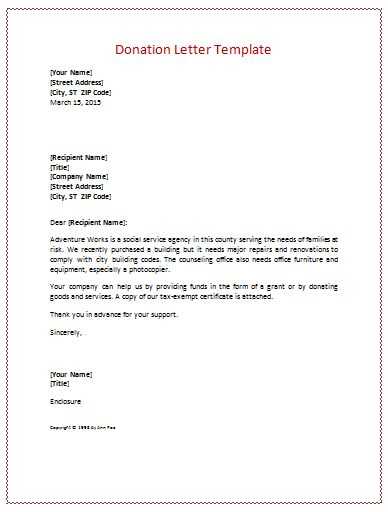
Creating a compelling request for support is essential for any organization seeking to engage with potential supporters. A well-crafted communication can make a significant difference in encouraging individuals to contribute to your cause. The way you approach this task matters, as it sets the tone for the relationship between your organization and its donors.
Understanding the key components of an effective appeal is crucial. These include the message itself, the way it resonates with the reader, and the clarity of the action you want them to take. By focusing on what truly motivates your audience, you can ensure your appeal strikes the right chord.
In this guide, we will explore the structure and strategies that lead to successful requests, from crafting the right message to ensuring a smooth follow-up process. With the right approach, you can inspire trust and secure meaningful contributions for your cause.
Effective Structure for Donation Letters
When crafting a message to encourage support, the way the content is structured can significantly impact its effectiveness. A clear, organized approach not only helps deliver the core message but also guides the reader towards the desired action. It is essential to present information in a way that makes it easy for the recipient to understand why they should get involved and how they can help.
Key Components of a Successful Request
- Introduction: Begin with a warm and engaging greeting that immediately establishes a connection with the reader.
- Purpose: Clearly outline why you are reaching out and explain the significance of their potential support.
- Impact: Highlight how their contribution will make a tangible difference in your cause.
- Specific Request: Be direct about what action you want them to take, whether it’s a financial contribution or other types of involvement.
- Call to Action: Make sure the reader knows exactly what steps they need to take to support your efforts.
- Closing: End with a heartfelt thank you and provide any additional contact information if necessary.
Additional Tips for Success
- Personalization: Tailor your message to the individual recipient whenever possible to increase engagement.
- Clarity: Keep your language clear and concise to avoid confusion and maintain the reader’s attention.
- Emotional Appeal: Use stories or examples that evoke emotions, helping readers connect with your mission.
By following a well-organized structure and focusing on these key elements, you can create an effective message that resonates with your audience and encourages them to take action.
Key Elements to Include in Your Letter

To create a message that resonates with your audience, it’s important to include certain crucial components. These elements work together to form a compelling narrative that motivates the reader to act. Each part should be carefully considered to ensure clarity, engagement, and a strong call to action.
Essential Details for Effective Communication
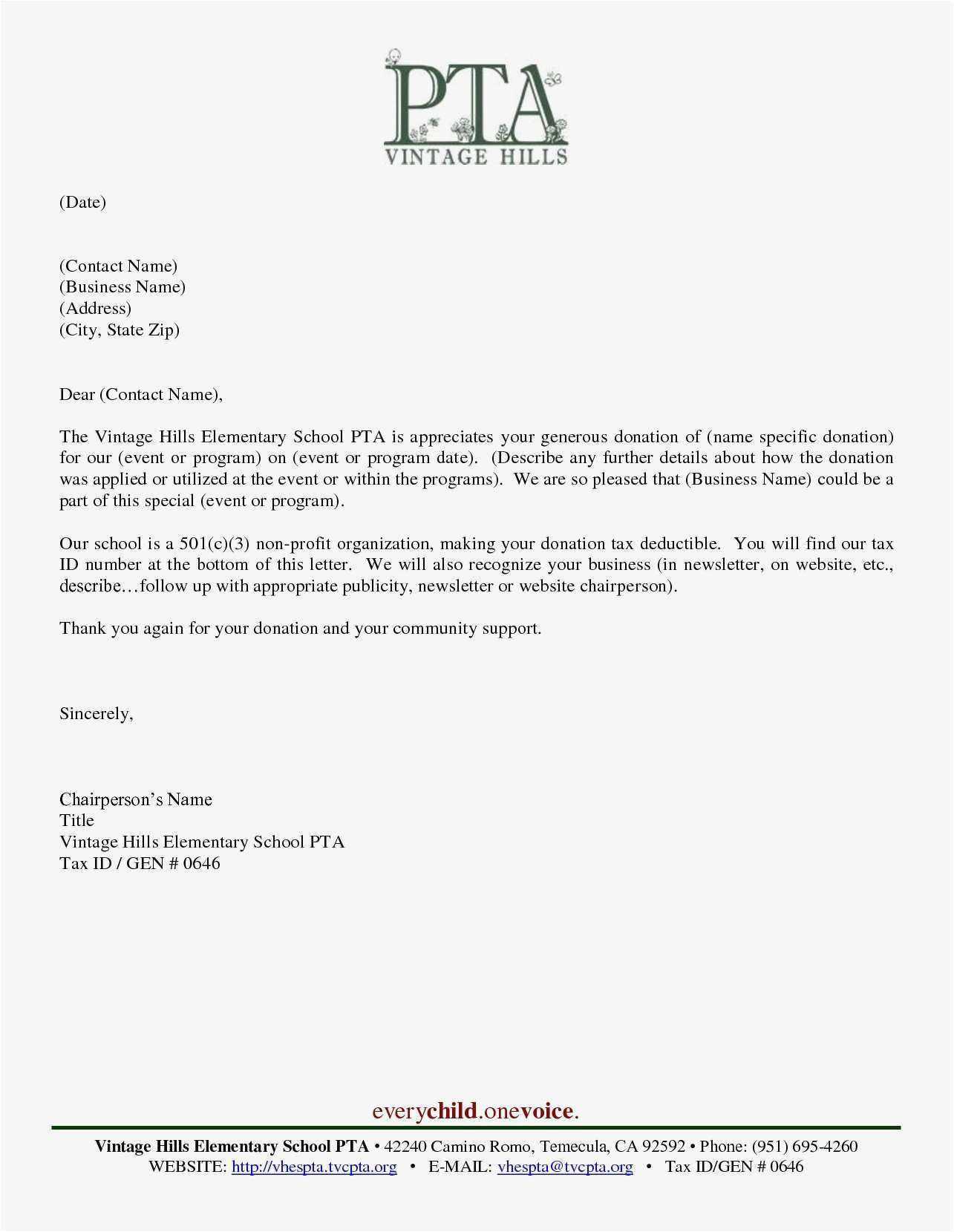
- Personalized Introduction: Begin by addressing the recipient personally, showing that the message is tailored specifically to them.
- Clear Purpose: State your reason for reaching out. Let the reader know immediately why their involvement is needed.
- Impact of Contribution: Explain how the recipient’s support will make a real difference in your efforts, highlighting tangible results.
- Specific Ask: Be clear about what you want from the reader, whether it’s financial support or another form of engagement.
- Simple Instructions: Provide straightforward steps on how they can contribute or get involved, ensuring there’s no confusion.
- Appreciation: End with sincere thanks, expressing gratitude for their time and consideration, no matter their decision.
Additional Tips for Strong Engagement
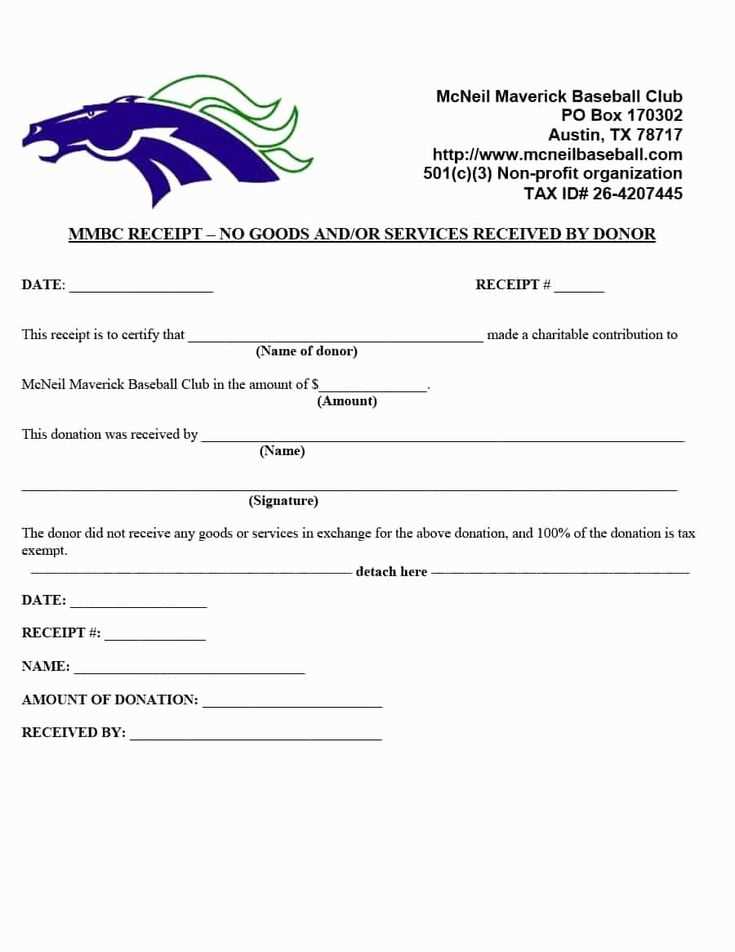
- Storytelling: Share a brief, relatable story to make your cause more personal and memorable.
- Urgency: Convey a sense of urgency to encourage immediate action without overwhelming the reader.
- Professional Tone: Maintain a respectful and professional tone throughout to establish credibility.
By including these elements, you can craft a message that not only informs but also inspires action, making it easier for your audience to connect with and support your mission.
How to Personalize Donation Requests
Personalizing your request is a powerful way to engage the reader and make them feel valued. By tailoring your message to the recipient’s interests, previous involvement, or unique relationship with your cause, you can create a deeper connection that encourages action. A personalized touch makes the recipient feel like they are a key part of your mission, rather than just another supporter.
Here are several ways you can personalize your outreach:
| Method | Description |
|---|---|
| Addressing the Recipient | Use the recipient’s name in the greeting or body of the message. This simple gesture creates a more personal connection. |
| Reference Past Involvement | If the person has supported your efforts in the past, acknowledge their previous contributions and express gratitude for their ongoing support. |
| Aligning with Interests | Highlight aspects of your mission that align with the recipient’s values or interests, showing that you understand their motivations. |
| Tailoring the Ask | Customize your request based on the recipient’s ability to contribute, whether it’s a financial gift or another form of involvement, such as volunteering. |
By implementing these strategies, you can make your request more meaningful, increasing the likelihood of a positive response.
Creating a Compelling Call to Action
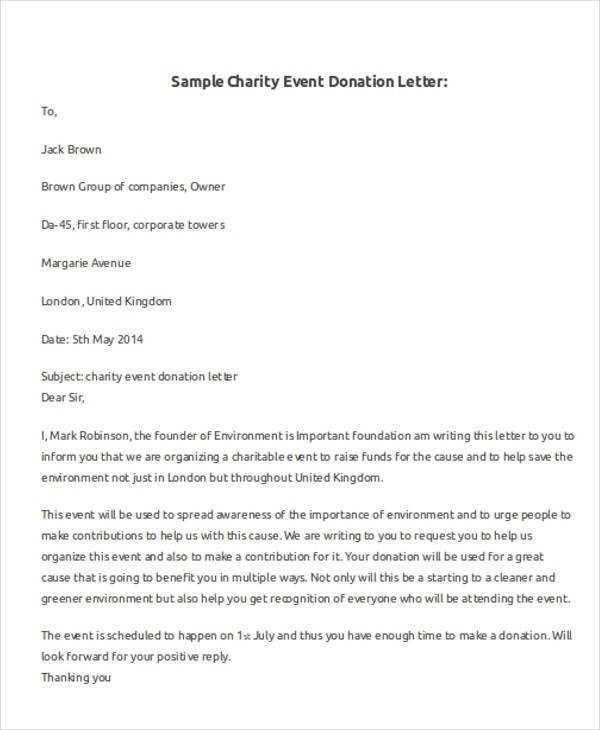
To inspire your audience to take action, your message must include a clear and compelling call to action (CTA). This is the part of your communication that directs the recipient on exactly what they should do next. A strong CTA is specific, urgent, and emotionally motivating, making it easy for the reader to act immediately.
Be Clear and Direct: Avoid ambiguity by being specific about the action you want the reader to take. Whether it’s donating, signing up, or volunteering, your request should be clear and straightforward.
Instill a Sense of Urgency: Encourage prompt action by creating a sense of urgency. Phrases like “Act now” or “Your support is needed today” can help convey the importance of immediate involvement.
Emphasize Impact: Remind the recipient of how their involvement will directly contribute to your cause. When people understand how their actions make a difference, they are more likely to follow through.
Make It Easy: Ensure that the process is simple and convenient. Provide clear instructions or links that guide the reader through the steps to get involved.
A well-crafted CTA can turn passive readers into active supporters, driving your cause forward with the help of motivated and engaged individuals.
Choosing the Right Tone for Donors
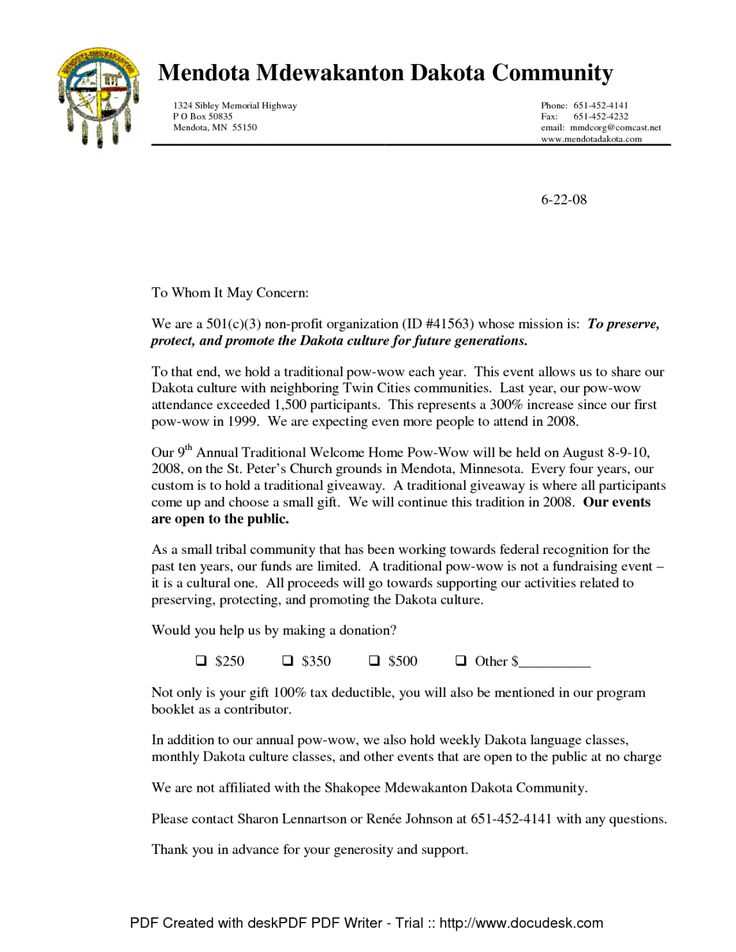
The tone of your message plays a vital role in building a connection with your audience. It shapes how the recipient perceives your cause and influences their willingness to support your efforts. Selecting the appropriate tone ensures your message resonates and motivates the reader to take action.
It’s important to strike a balance between being respectful and inspiring. A formal tone may be suitable for professional contexts, while a more personal and conversational approach might work better for individuals who have a long-standing relationship with your organization. Regardless of the approach, your tone should always express gratitude and appreciation for the reader’s time and potential involvement.
Additionally, being sincere and transparent is crucial. Donors need to feel confident that their support will have a real, meaningful impact. Whether you’re asking for financial contributions, volunteer help, or other forms of engagement, ensure your tone conveys trustworthiness and respect.
Common Mistakes to Avoid in Letters
When crafting your appeal, certain missteps can reduce the effectiveness of your message. It’s important to be mindful of common errors that might hinder your ability to connect with the reader or detract from the clarity and sincerity of your request. Avoiding these mistakes can significantly improve the chances of receiving the support you’re seeking.
Overcomplicating the Message
Keep your message clear and to the point. Avoid using overly complex language or too much jargon that could confuse the reader. Simplicity and directness are key to ensuring your audience understands the importance of your cause and the action you are requesting.
Being Too Demanding or Pushy
Be respectful in your tone. While it’s important to encourage support, being too forceful or demanding can create discomfort. Let the recipient know how valuable their contribution is, but avoid pressuring them into action. The tone should feel inviting and appreciative, rather than demanding.
By steering clear of these mistakes, you can create a more impactful and engaging message that encourages positive responses from your audience.
Best Practices for Letter Follow-Up
Following up on your previous communication is an essential step in maintaining engagement with your audience. A well-timed and thoughtful follow-up can show appreciation and reinforce the importance of your cause, while also prompting the recipient to take the next step in supporting your efforts. Here are some best practices to consider when following up:
- Timing Is Crucial: Wait an appropriate amount of time before sending a follow-up. Too soon might seem impatient, while too late may give the impression of neglect. Aim for a window of one to two weeks after the initial communication.
- Personalize Your Message: Avoid generic follow-up messages. Reference previous interactions or details from your initial outreach to make the recipient feel valued and recognized.
- Express Gratitude: Whether the recipient has responded or not, always express appreciation for their time and consideration. Gratitude can help foster goodwill and keep the recipient open to future engagement.
- Be Clear and Concise: Keep your follow-up message clear and to the point. Remind them of your previous request and explain how they can easily take action if they wish to contribute or engage further.
- Offer New Information: If possible, provide any new updates or developments that may inspire action. Whether it’s progress made or new opportunities for involvement, giving fresh insights can encourage a response.
By following these best practices, you can improve your chances of building lasting connections and increasing participation in your cause.